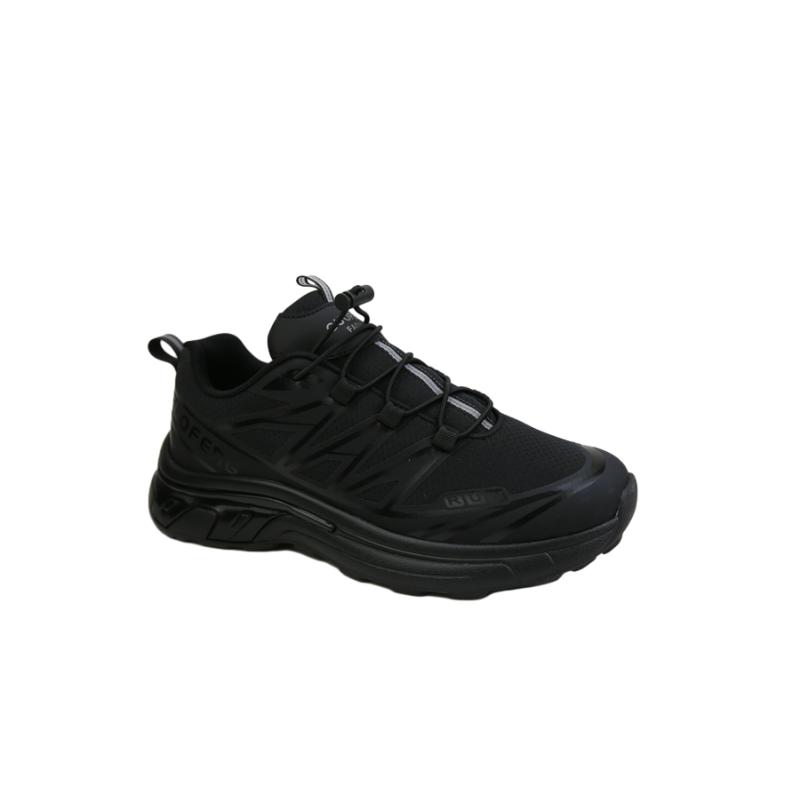In conclusion, men's slip-on rubber boots are more than just functional footwear; they are a testament to practicality, durability, and style. They embody the spirit of simplicity, adapting to various lifestyles and weather conditions. So, whether you're braving a stormy day or making a fashion statement, these boots are a reliable and fashionable choice. As the saying goes, function follows form, and in the case of men's slip-on rubber boots, this couldn't be truer.







